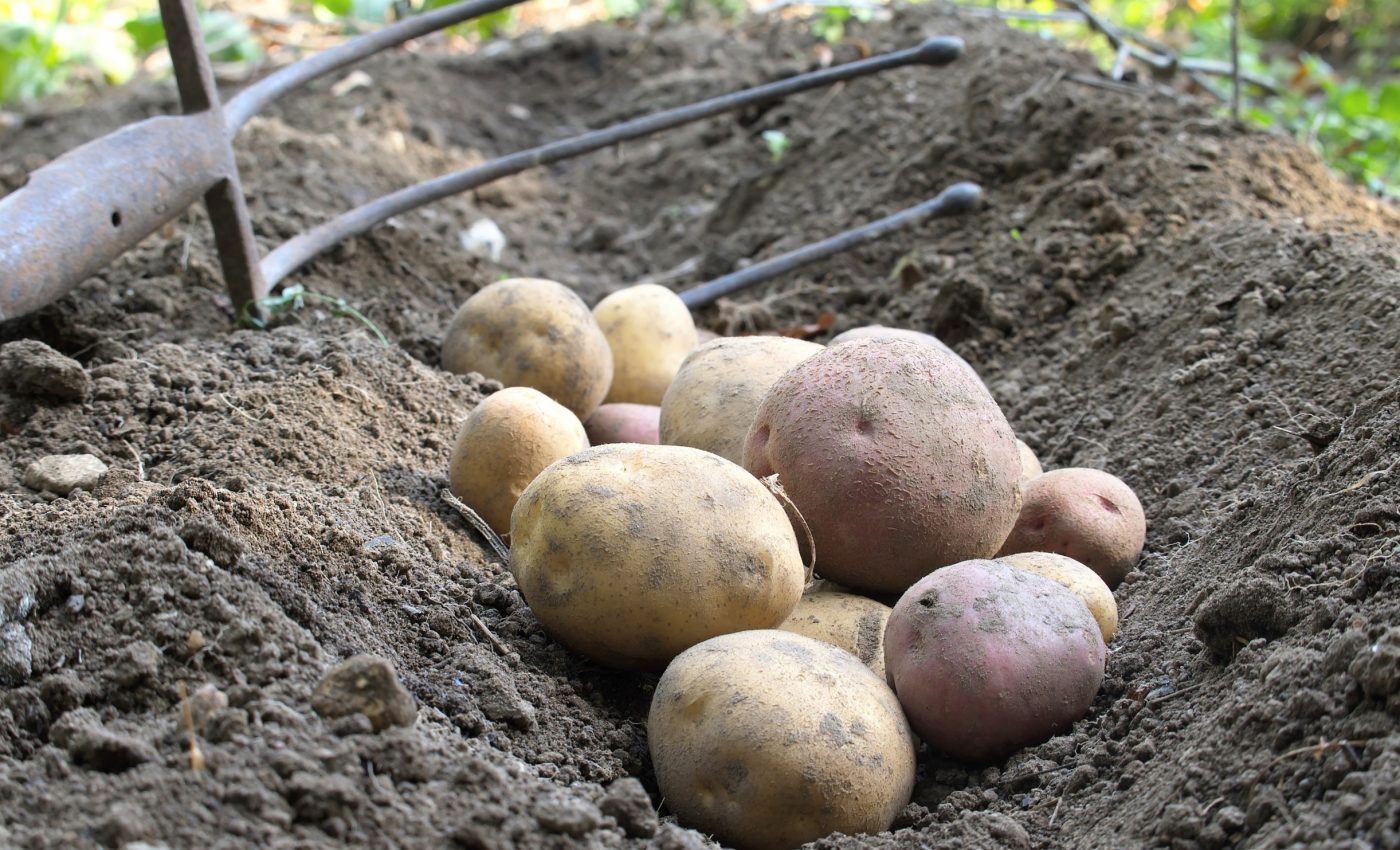
Rising CO2 is quietly weakening the nutrients in our food
Food anchors our daily lives in ways we barely notice. We prepare it, savor it, and rely on it to keep us healthy. But the air surrounding every field is shifting, and plants are changing in ways most of us never see.
New research from Leiden University shows how rising CO2 quietly reshapes the food we rely on. The problem lies in the nutrition itself, not the amount on the plate. That difference matters more than most people realize.
How CO2 changes crops
Crops grow faster when CO2 rises, but that speed comes with trade-offs. The new study gathered thousands of measurements from many experiments and aligned them into one shared picture.
Each test used different conditions, yet the overall trend stayed steady. Plants produced more carbohydrates and carried fewer minerals. The change appeared across grains, fruits, tubers, and leafy crops.
The air pushed growth forward, but the nutrition slipped behind. The pattern held whether plants grew indoors or outdoors.
Nutrient decline due to CO2
Zinc dropped the most, followed by iron and protein. Magnesium, calcium, and several other nutrients slid downward at the same time. Some crops lost more than a third of their zinc.
People may still feel full after eating these foods, but they won’t meet their daily nutritional needs. As calories climb and nutrients drop, that mix can drive both obesity and hidden hunger at the same time.
A few harmful metals even increased in some crops. Lead and chromium showed small but noticeable climbs. Regular exposure, even in small amounts, can harm long term health.
These shifts raise concerns for places that depend heavily on one staple like rice or wheat. A single change in that staple can echo across entire communities.
CO2 and nutrient risks
“With food security, we often question whether people can fill their stomachs. Our research emphasizes that food security also means nutrient security. We need to pay more attention to that,” noted environmental scientist Sterre ter Haar.
Current data shows major gaps. Several human essential nutrients barely appear in past experiments. Some have no measurements at all. Many plant studies focus on elements important for farming, not human health.
That mismatch leaves unanswered questions. Rising CO2 keeps changing plant chemistry, but our knowledge grows too slowly to track every effect. The result is a diet that looks familiar but delivers less support.
How nutrients shift
Not all plants react the same way. C3 crops like rice, wheat, soybeans, and tomatoes show clear and consistent nutrient decline. C4 crops like maize and millet react more mildly, yet still shift in nutrient balance.
Different plant tissues also behave differently. Roots and tubers change the most, often losing many minerals at once. Seeds, fruits, and grains follow next.
Leaves shift more slowly, but the decline still appears. Field experiments show stronger effects than indoor trials.
Even so, both settings point in the same direction. The combined results reveal a biological pattern rather than scattered exceptions. Rising CO2 pushes crops to store more carbon and fewer micronutrients.
Protecting nutrients from CO2
The study compared conditions at 350 ppm CO2 with those expected at 550 ppm. Today’s air already sits above 425 ppm. We now stand midway through the scenario the researchers explored. Nutrition has likely declined compared to past decades.
Future CO2 levels will shape how severe that decline becomes. Lower emissions could protect more nutrients in our food. Higher emissions would speed the losses. The study encourages more research on farming methods that protect nutritional value.
Greenhouses, for example, enrich CO2 to raise yields. That approach may help production but harm mineral density. Crop breeding and better soil management might offer new options.
“Luckily, theres lots of innovation in the Dutch food sector and we have strong research institutions that can study this. We really can make headway together,” said study co-author Ter Haar.
The need for better monitoring
These findings carry weight for every region, not just farming nations. Urban diets depend heavily on large supply chains, so any nutrient loss spreads far and quickly.
Small shifts in staple crops can influence school meals, hospital diets, and long term public health.
The researchers call for better monitoring of nutritional quality, not just yield. Farmers, policy makers, and health experts may need to work together to track these changes.
Rising CO2 no longer affects only climate. It now shapes the composition of the foods that fuel our bodies.
The research was published in the journal Global Change Biology.
—–
Like what you read? Subscribe to our newsletter for engaging articles, exclusive content, and the latest updates.
Check us out on EarthSnap, a free app brought to you by Eric Ralls and Earth.com.
—–













